7 most beautiful monochromatic cities around the world
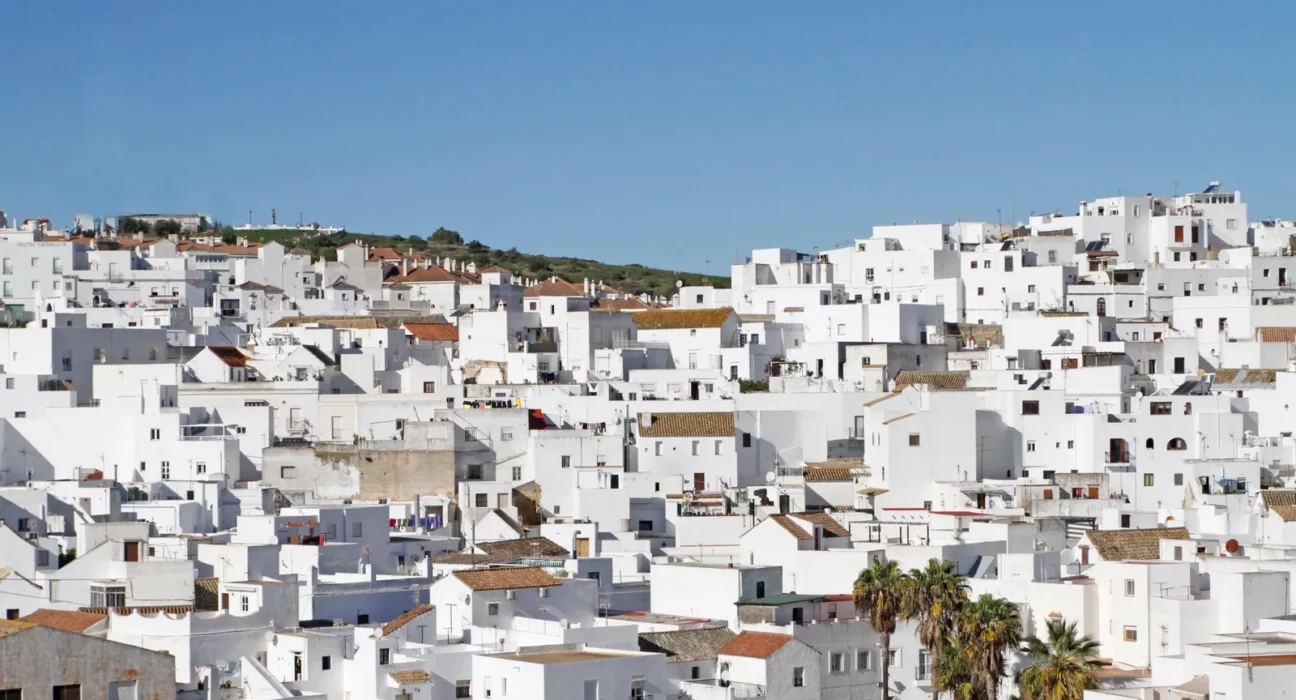
From Morocco’s “Blue City” Chefchaouen to South Korea’s “Purple Islands,” these single-toned towns embody their signature hue.
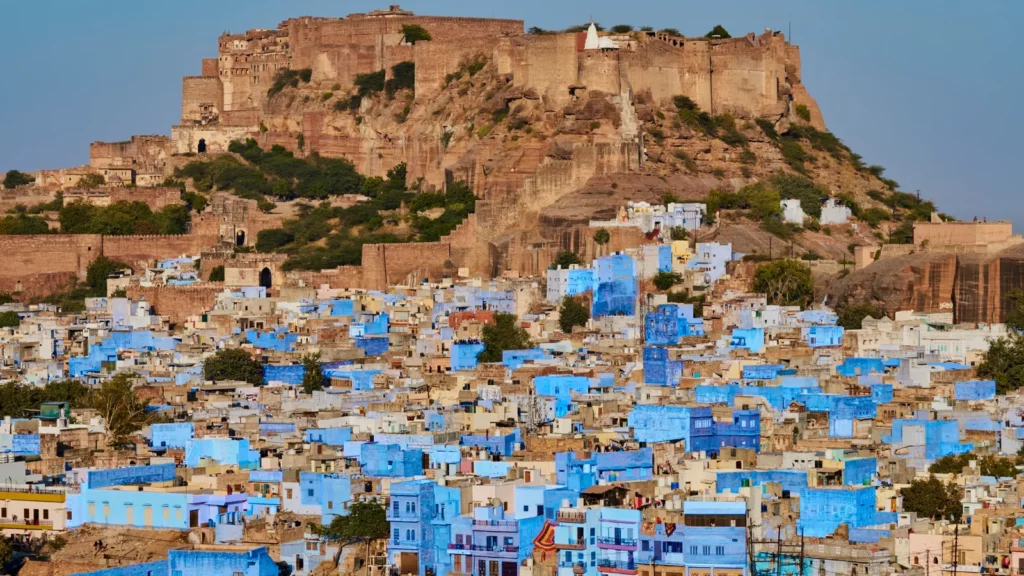
The concept of monochromatic clothing, a popular trend in recent years, may seem minimalistic, but its overall effect is undeniably dramatic. While coordinating a single outfit in one color is a bold move, the impact of covering an entire city in a singular trademark shade is even more striking on a grand scale. Although entirely monochromatic cities may appear straight out of a storybook, this practice has been in existence for centuries. Indeed, communities with their own signature façade color have emerged worldwide, from Mexico to Morocco. The appearance of a completely monochromatic village creates a breathtaking and immersive experience for both visitors and residents. However, aesthetic appeal is not the sole motivation behind outfitting an entire town in one tone. Whether it’s a pink Indian metropolis celebrating a royal visit or a pair of Korean islands opting for purple buildings to capture tourists’ interest, explore the reasons behind why these mesmerizing monochromatic cities boldly embrace a single color.
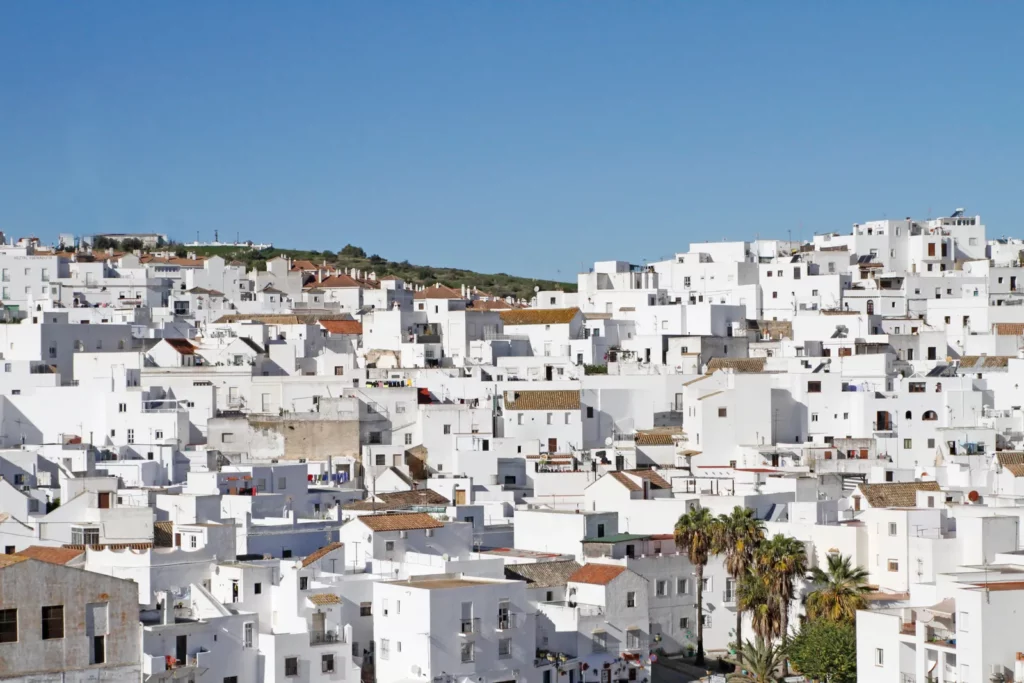
Andalusia, Spain
Dotted across the Andalusia region in southern Spain are numerous communities characterized by whitewashed buildings. As per Spain’s official tourism board, the White Villages of Andalusia grace the seaside provinces of Málaga and Cadiz. Spanning over 19 stops along this route of white villages, visitors can immerse themselves in the charming ambiance of these unique settlements. Various theories have circulated regarding the origins of the unified white façades. One suggests that the color was chosen to protect the buildings from the intense Mediterranean sun, while others propose that the whitewashing method served as a defense against bacteria during periods of severe plague in the Iberian peninsula between the 16th and 19th centuries.
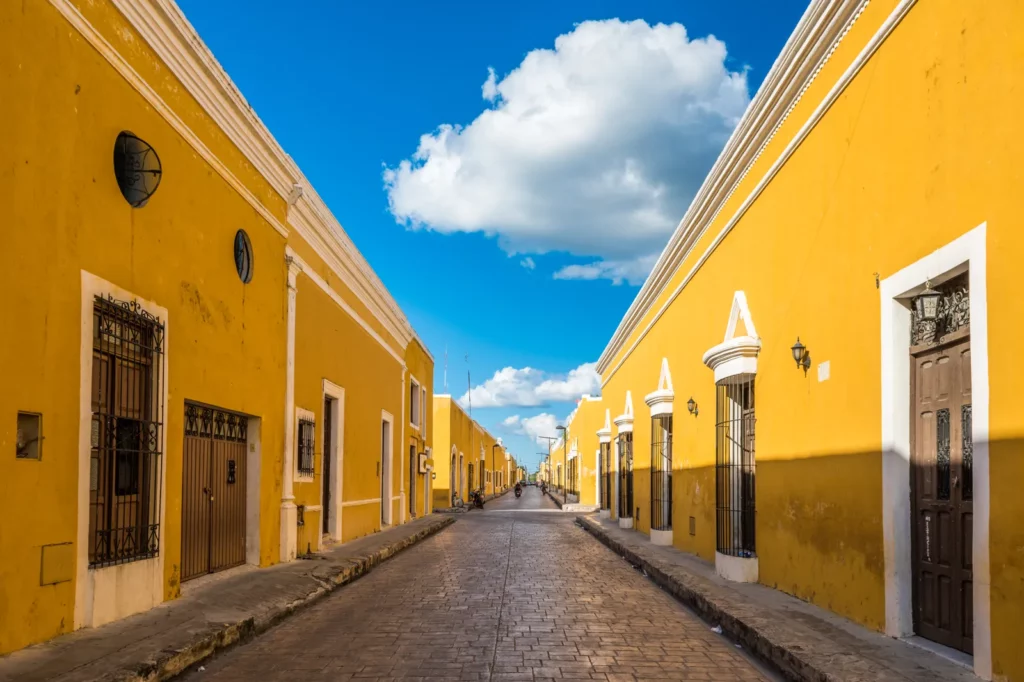
Izamal, Mexico
Once the heartland of the ancient Maya civilization in Mexico’s Yucatán region, Izamal underwent Spanish colonization in the 16th century. Similar to several monochromatic cities, the rationale behind the area’s commitment to a specific pigment remains a subject of debate. Some assert that Izamal donned a vibrant yellow in anticipation of a scheduled meeting with Pope John Paul II in 1993, while others argue that its sunny hue predates the papal visit by a significant span of time.
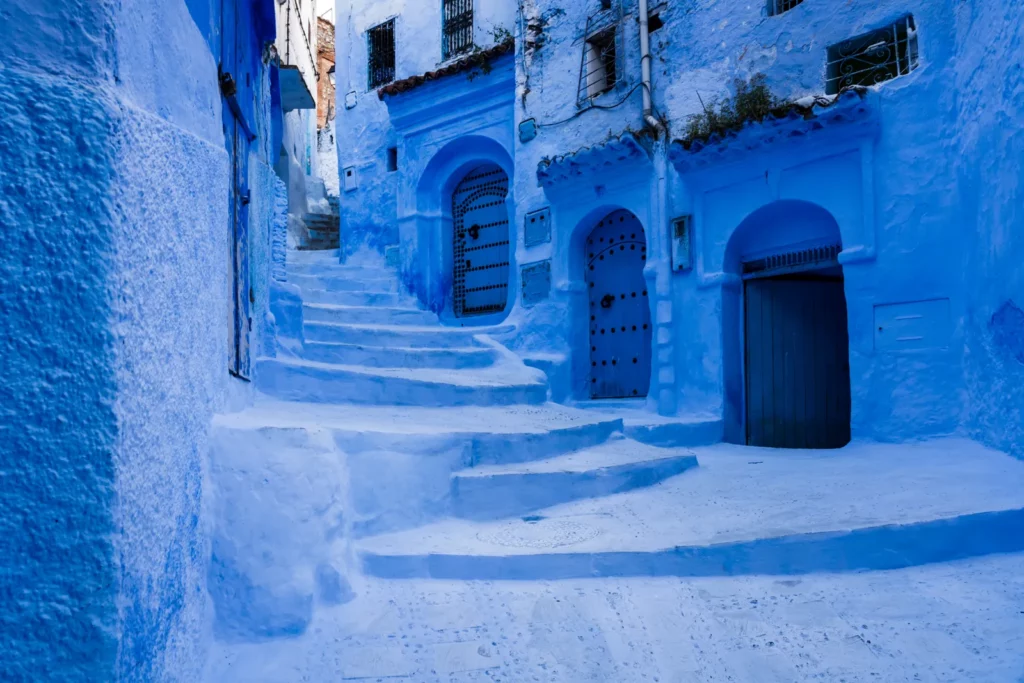
Chefchaouen, Morocco
Renowned for its distinctive azure hues, this northern Moroccan city showcases a pervasive vibrant blue that adorns everything from street-facing façades to the winding stairs of its alleyways. While there isn’t a unanimous agreement on the precise reason behind the community’s steadfast commitment to this color, several explanations have been proposed. Some suggest the blue acts as a deterrent to mosquitoes, while others view it as symbolic of the heavens and/or the nearby Mediterranean Sea. Additionally, the valued significance of blue in the Jewish faith offers another theory—during the 15th century, when numerous Jewish people sought refuge from persecution in the area, they covered the city in blue. Regardless of the exact reason, we are appreciative of the striking choice.
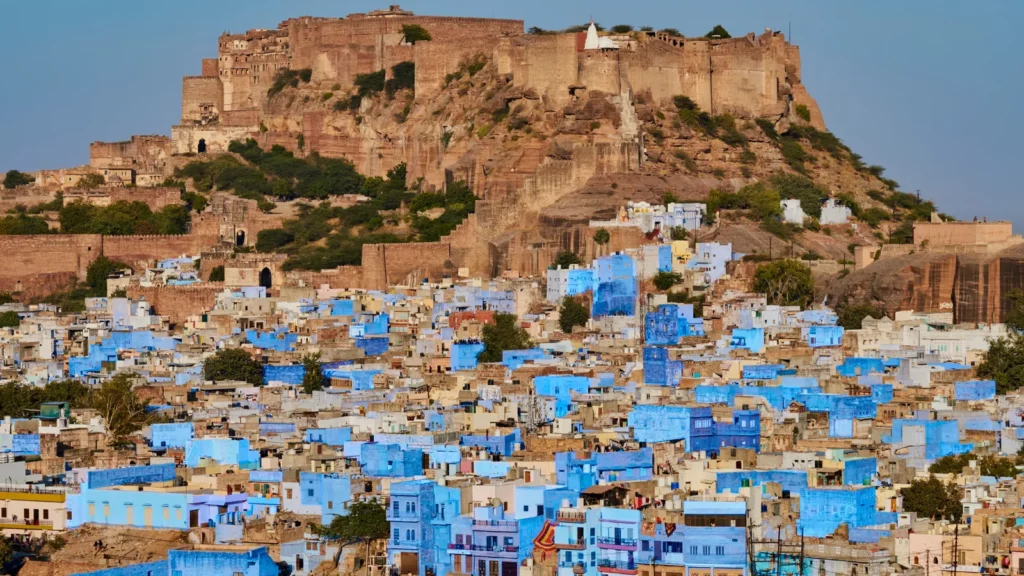
Jodhpur, India
Despite being separated by thousands of miles, Chefchaouen, and the north Indian city of Jodhpur both boast a distinctive hue of powder blue buildings. Historically, this color was primarily associated with the Brahmin caste, the highest in the Indian caste system, serving as a source of pride for those residing there. Another explanation suggests that the choice of sky blue was aimed at keeping homes cool amidst the desert climate. Situated in India’s Rajasthan region, Jodhpur is an eight-hour drive from the monochromatic pink city of Jaipur.
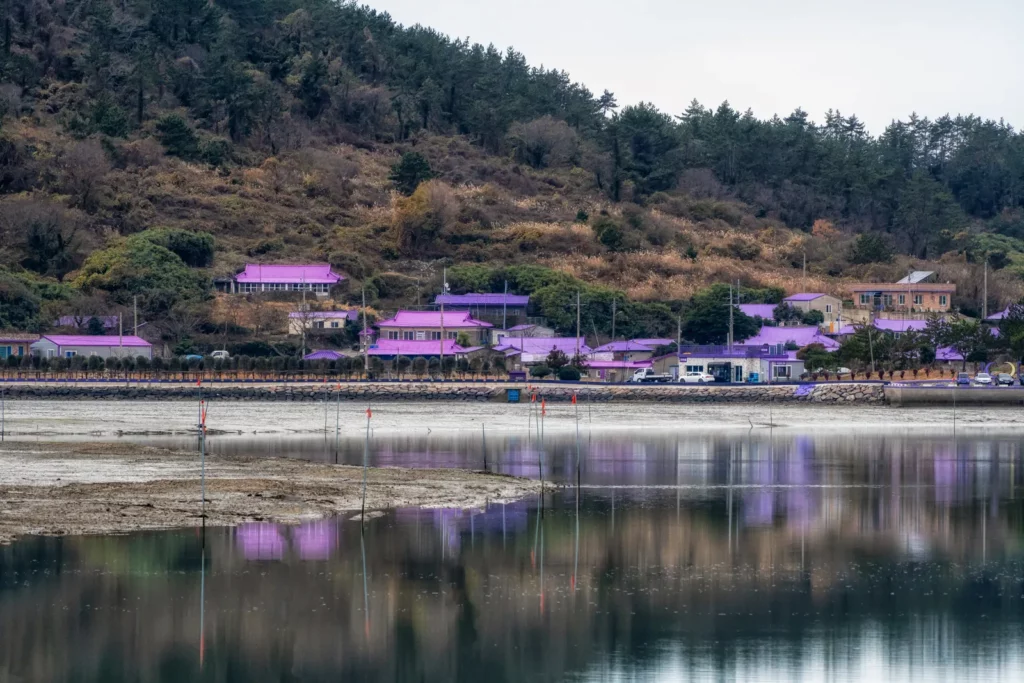
Banwol and Bakji Islands, South Korea
Situated just off the western coast of South Korea, the small islands of Banwol and Bakji have a combined population of around 150 residents. Aiming to boost tourism in the area, the local government devised a strategy centered around the appeal of purple bellflowers that flourish in the region. To bring this vision to life, they painted various structures—including telephone poles, shops, and approximately 400 roofs— in a charming lilac hue. Staying true to the theme, officials also planted thousands of additional purple plants, featuring 30,000 New England asters and over 20,000 square feet of lavender fields. Linking the two islands is a bridge that, fittingly, is adorned in a shade of purple.
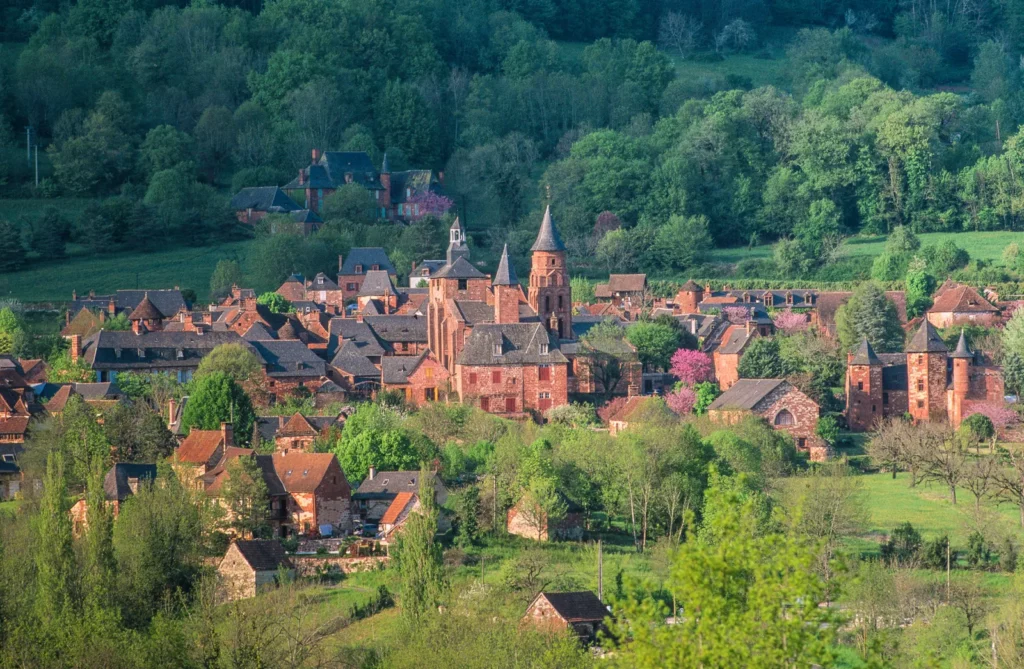
Collonges-la-Rouge, France
In this medieval commune, the vast majority of buildings showcase a uniform scarlet hue owing to the local red sandstone used in their construction. Beyond the captivating beauty of its rich complexion, Collonges-la-Rouge boasts additional architectural details such as numerous turreted structures and delightful cobblestone pathways, lending the town a distinctly fairytale-like charm. With roots dating back to the eighth century, the town’s origin lies in the establishment of a priory by the monks of the Charroux abbey.
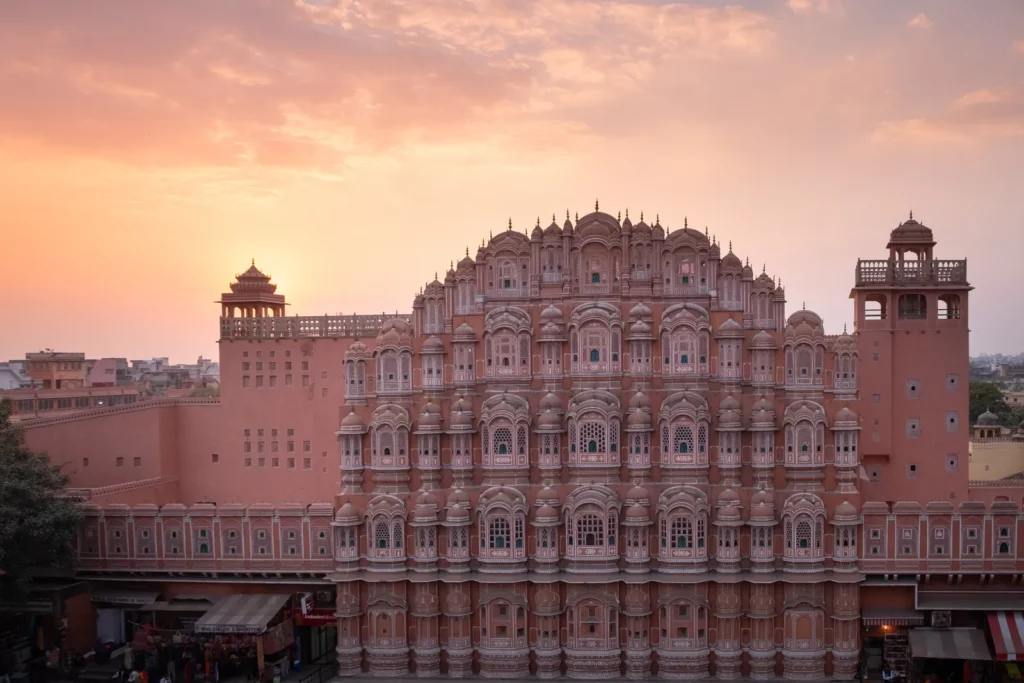
Jaipur, India
In anticipation of a visit from the Prince of Wales in 1876, who would later become King Edward VII, Raja Sawai Ram Singh I made the decision to adorn the buildings of Jaipur in a vibrant shade of pink. More than a century later, the “Pink City of India” was officially recognized as a World Heritage Site by the UNESCO World Heritage Committee in 2019. A standout gem in the capital of Rajasthan is the opulent salmon-hued Hawa Mahal, meaning “Palace of Winds,” noted for its efficient ventilation system. As per the Hawa Mahal’s website, this pink and red sandstone structure holds the distinction of being the world’s tallest building without a foundation.






